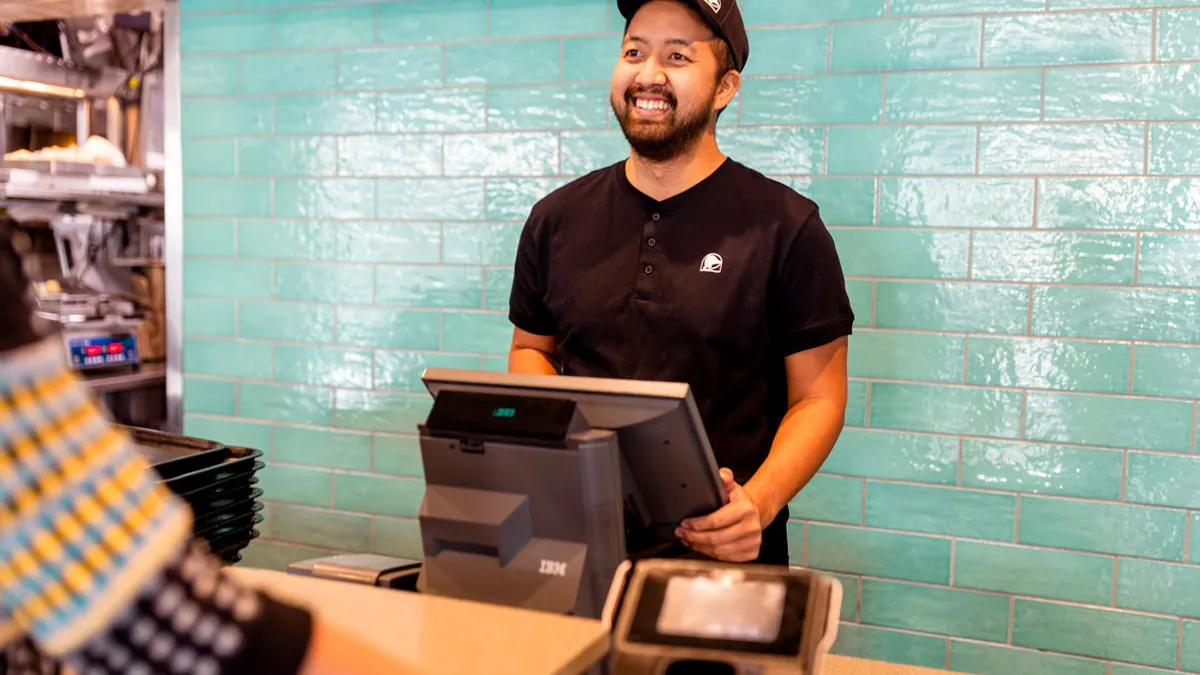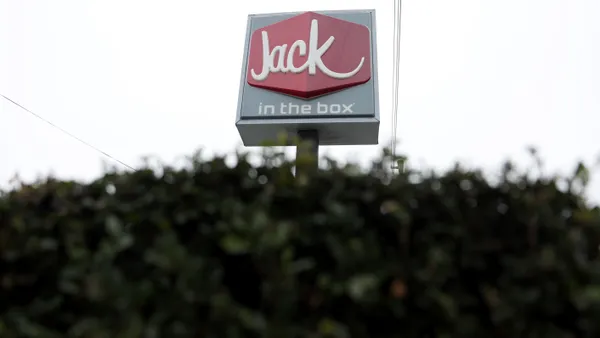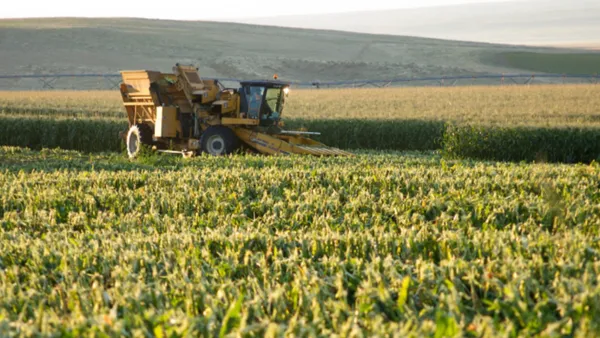Dive Brief:
- Forty-three percent of restaurant operators plan to increase menu prices to combat rising minimum wage increases and labor costs in 2020, according to a TD Bank survey of 254 owners, operators and executives of independent and franchised multi-unit restaurant companies.
- Labor-saving technology, such as self-service kiosks and automated ghost kitchens, will be used by 37% of those surveyed.
- Seven percent plan to cut staff.
Dive Insight:
While finding and retaining labor has been among the most difficult tasks restaurant operators face today, rising minimum wage has pushed labor costs up. Adding perks have been key to retention, and some operators have added surcharges to customer bills to help pay for healthcare and other benefits.
QSRs like El Pollo Loco and The Habit Burger, which have significant store counts in the high-wage state of California, have readjusted menu pricing. As minimum wage increases have spread across other states over the last year, full-service restaurants have also increased prices and looked into redesigns to improve labor efficiency.
Technology is a top tactic to help operators solve their labor issues, with many looking into artificial intelligence and machine learning alongside self-order kiosks to reduce the need for labor in front of house. Front-of-house ordering technology also allows staff to be redeployed elsewhere, such as focusing on customer service.
McDonald's is a big investor in tech, especially as it works toward improving efficiency in the kitchen and speed of service at the drive-thru. Its acquisition of Apprente is expected to lead to voice-based conversational capabilities at the drive-thru. It has also been testing automated fryers and beverage equipment to make jobs easier and allow staff to work on other areas in the restaurant. Sonic and KFC are exploring AI at the drive-thru as well.
Others, such as Starbucks, Moe's, Chopt, Sweetgreen and Firehouse Subs piloted smaller locations within the last 12 months that are focused on off-premise and have few, if any, dine-in seats. Firehouse Subs' prototype, which uses 25% less kitchen space and equipment that reduces heating time by one minute, could result in the need for one fewer person during a shift.















